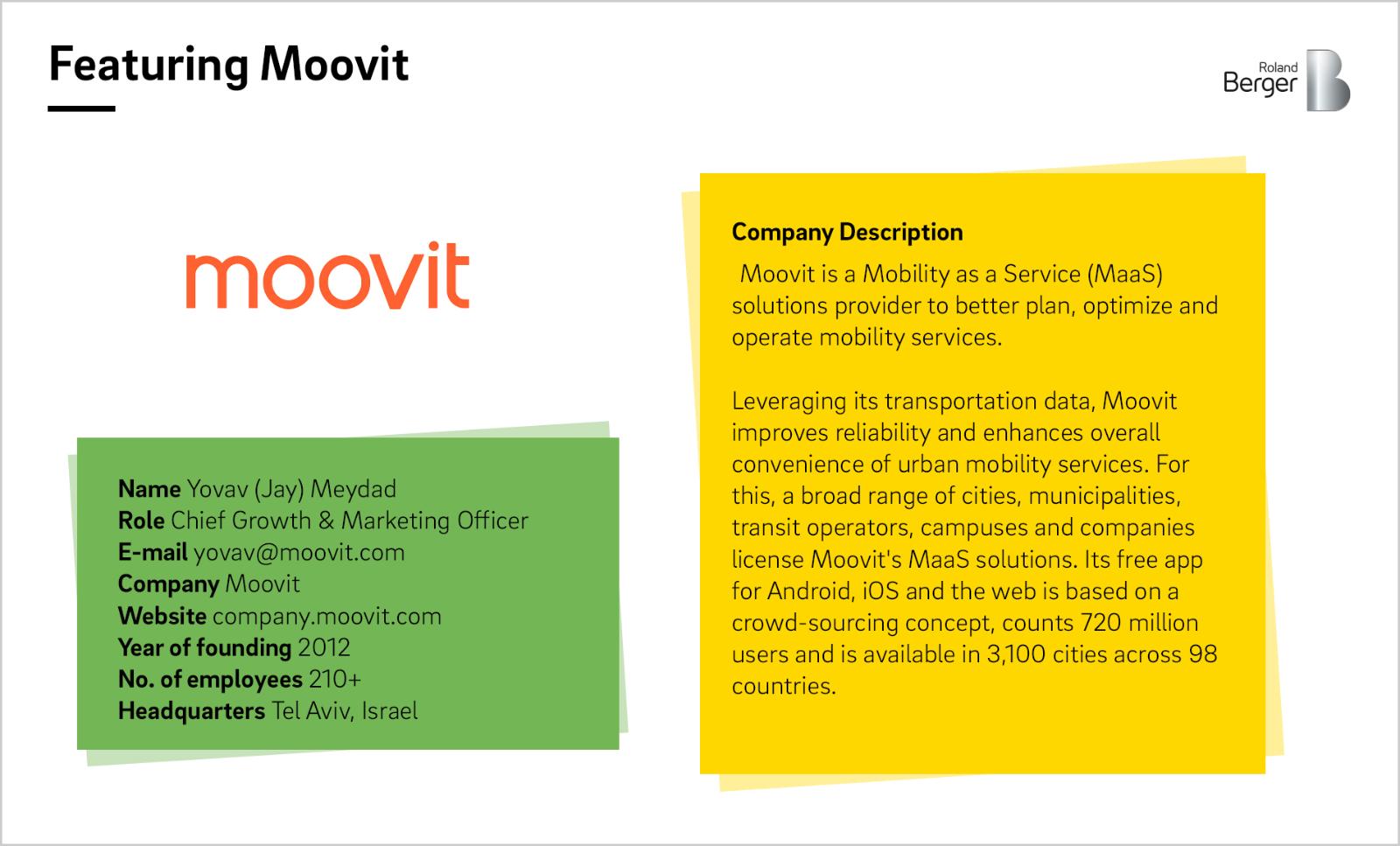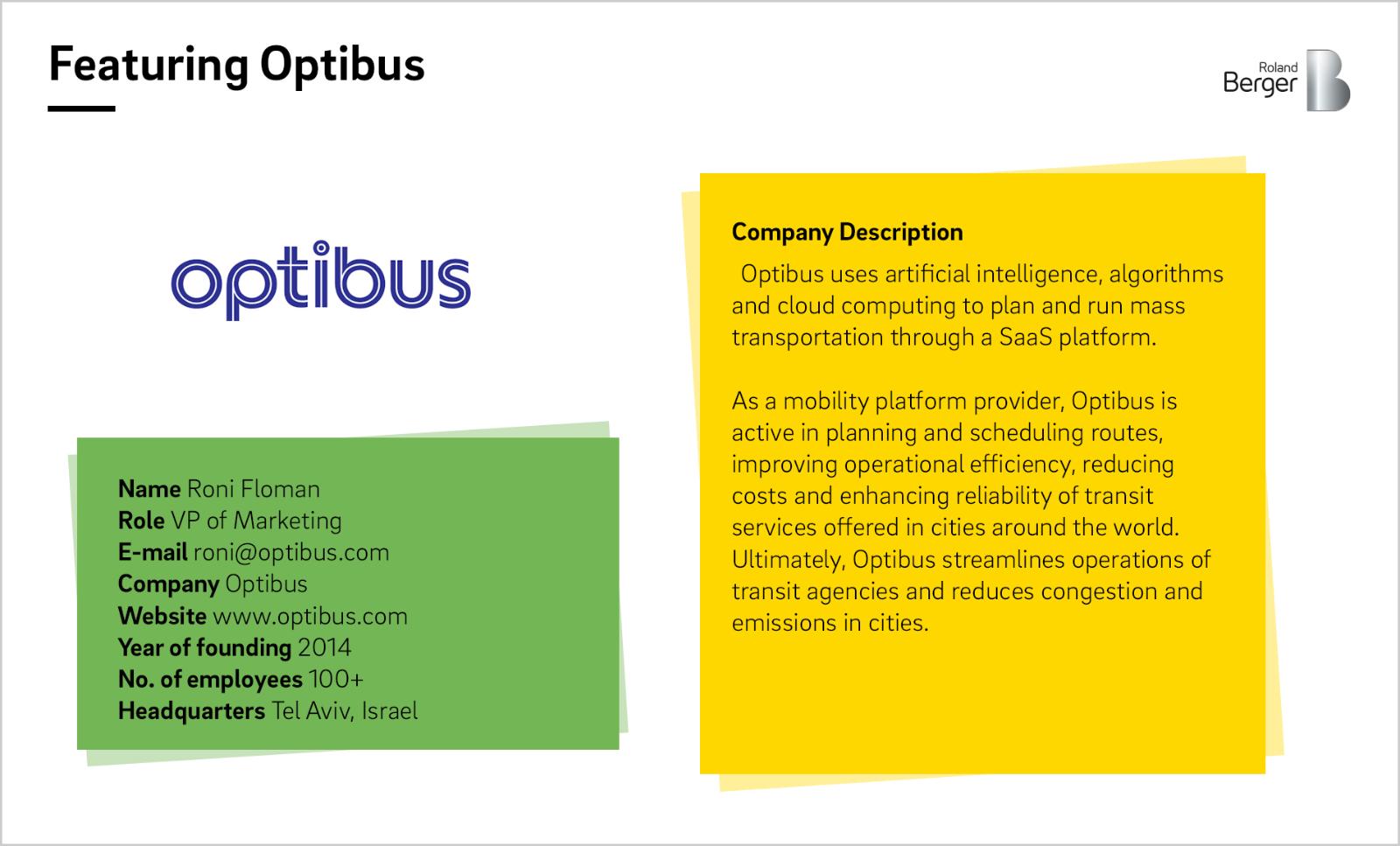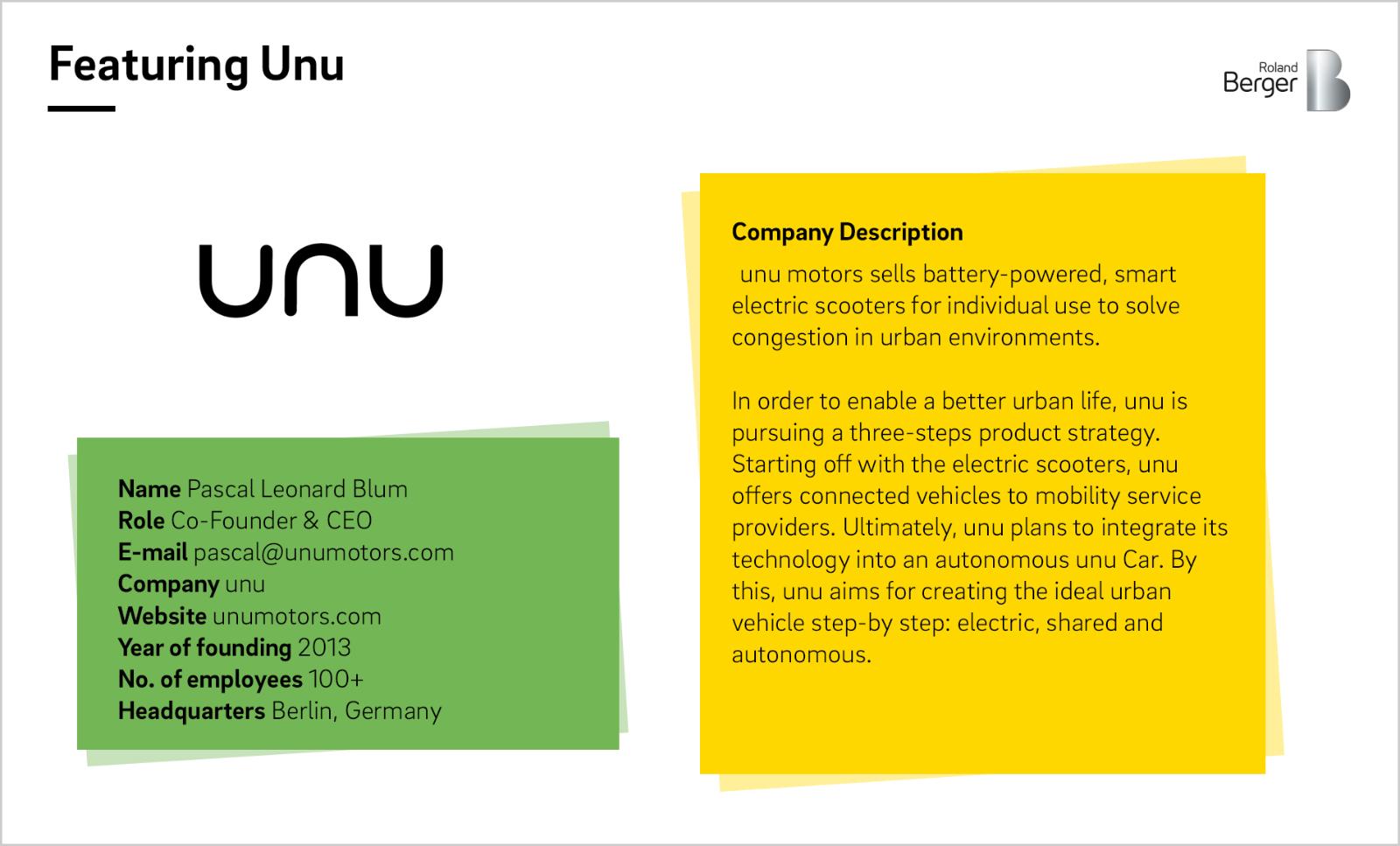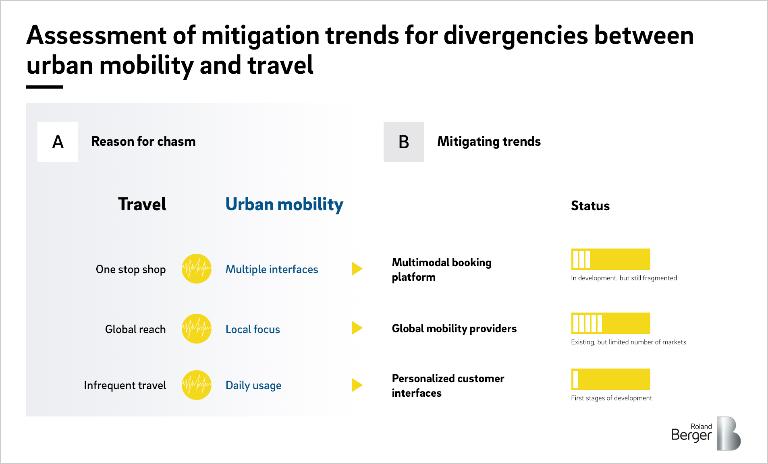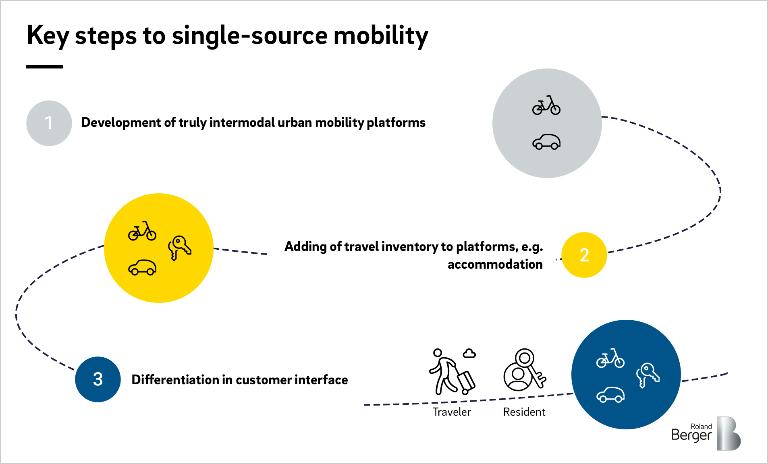Pioneers might herald a major shift in the travel industry.


Urban mobility – The new battleground for the traveler?
Overcoming the chasm between travel and urban mobility through development of single-source mobility

For travelers, it is unnecessarily complicated to move around cities. Every urban area uses specific systems, applications, and customer interfaces. An overarching mobility platform, including urban mobility and travel products, is a feasible solution. It is also a chance for innovative mobility providers to catch intercity travelers as new customers. We interviewed three startups that are at the forefront of revolutionizing the industry and point the way to single-source mobility.
Featured start-ups:
Solving the chasm between travel and urban mobility
So far, creating and selling travel-related products such as accommodation, long-distance transport, and experiences on-site has little overlap with urban mobility products. Presently, travelers can book hotels, flights, or trains in a one-stop shop, but they cannot organize urban transportation around points of departure and destination. The three areas of divergence for urban mobility and travel and their connecting elements will be discussed in more detail below.
"Urban mobility services are considered commodity products. However, these are currently not accessible, as planning, booking and paying of urban mobility are currently done on many platforms."
Broad vs. narrow range of services
First, travelers (business or leisure) plan and book trips usually through one-stop shop travel agencies. Residents, however, are accustomed to leveraging the services of many different mobility providers, e.g. public entities which operate the local subway and private companies which offer ride-hailing and scooter-sharing.
Connecting element for travel and urban mobility: Integration on an overarching customer touchpoint
In recent years, multimodal booking applications for urban mobility have emerged. They integrate planning, booking, and payment of different urban mobility providers in a one-stop solution. Travel products, however, are still detached from these platforms. A true one-stop shop integrated on an overarching customer touchpoint that combines long distance-transport, accommodation, and experiences with urban mobility will eventually diminish the difference in scope of services between travel (one-stop shop experience) and urban mobility (multiple providers experience). By using them, both urban residents and travelers can move through a city with a single, centralized application, without disruption in the customer journey.

"The travel sector can only profit from urban mobility services in cities. For this, modes of transport need to complement each other and be integrated in an overarching customer touchpoint."
Local vs. global customer focus
Second, from origin to destination (and vice versa), travel agencies create and sell services to fulfill the needs of travelers. On the other hand, urban mobility providers focus their services on the fulfillment of city-specific needs of residents during their everyday lives. As the last years have shown, urban mobility remains a very city-specific market that requires an abundance of experience in dealing with the respective local circumstances. Consequently, target customers of urban mobility providers and travel agencies differ significantly.
Connecting element for travel and urban mobility: Global urban mobility providers
In contrast to public urban mobility entities, many private urban mobility providers, e.g. renowned ride-hailing and car-sharing platforms, are increasingly operating globally. Through their international expansion, private urban mobility providers enable customers to use their services not only as residents at home, but also as travelers in other cities. This helps create a truly global customer experience.
Frequent vs. infrequent use of services
Third, whereas travelers tend to travel only a few times per year to a respective city, urban residents rely on urban mobility services in their daily lives. Therefore, expectations on type, amount, and level of detail of relevant information strongly differs between residents and travelers.
The connecting element for travel and urban mobility: Travel agencies as customizer
In a world with global mobility booking platforms that integrate, urban mobility, long distance transport, accommodation, and experiences, the purpose of the travel agent seems questionable. However, as pointed out in Roland Berger's article about smart travel assistants (2019) , the future of travel agents lies not in providing inventory and process handling, but rather in knowing and advising the customer. In the interplay between travel and urban mobility, this role is of even higher importance. The core customer of rising global mobility booking platforms will likely be the frequent urban user simply because of the larger size of this market. In Munich, for example, over 722 million passengers used the public transport (MVV) while only 8.3 million travelers visited the city in 2018 (Munich Municipality).
Thus, customer experience and service of these platforms will focus on urban mobility products. Tourist-related inventory for the infrequent user, e.g. long-distance transport and accommodation, will be less emphasized. Therefore, the task of the travel agency will be to close the gap between the needs of the tourist and the offering of the mobility platforms. Even the provision of a tourist-oriented front-end which uses the entire backend of the mobility booking platform could be conceivable.
"Urban mobility services can attract local residents and travelers. Consumers are looking for a reliable, trustworthy platform to plan their trips with an integrated payment option."
Going forward: Development of single-source urban mobility
Going forward, an overarching mobility platform with access to planning, booking, and payment will alleviate the chasm between urban mobility and travel. Services will become valuable to both travelers and urban residents, allowing them to book, plan, and pay their urban mobility services inside and outside their local area. For the customer, it is of no importance how these platforms form.
However, to set up this single source, the involvement of existing urban mobility providers, travel agencies, inventory providers, public bodies, and investors will be required. First, a further integration is expected to continue on the urban level. Ultimately, urban mobility one-stop shops will form. After the integration of urban mobility, the second step will be the integration of a travel inventory. Partnerships will be a natural form of integrations, as it is considered unlikely that urban mobility operators will start to offer travel products soon (or vice versa). Customer needs remain too different to skim off substantial synergies. In the third step, different front-end versions of a mobility platform will be developed to cater to the specific needs of residents and traveler types, e.g. business vs. leisure.
Co-authors: Claus Hoening, Rafael Geisler, Stephan Hundertmark


